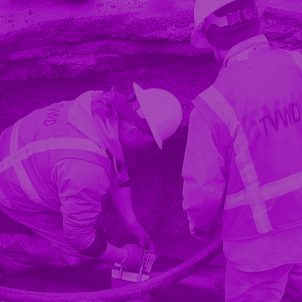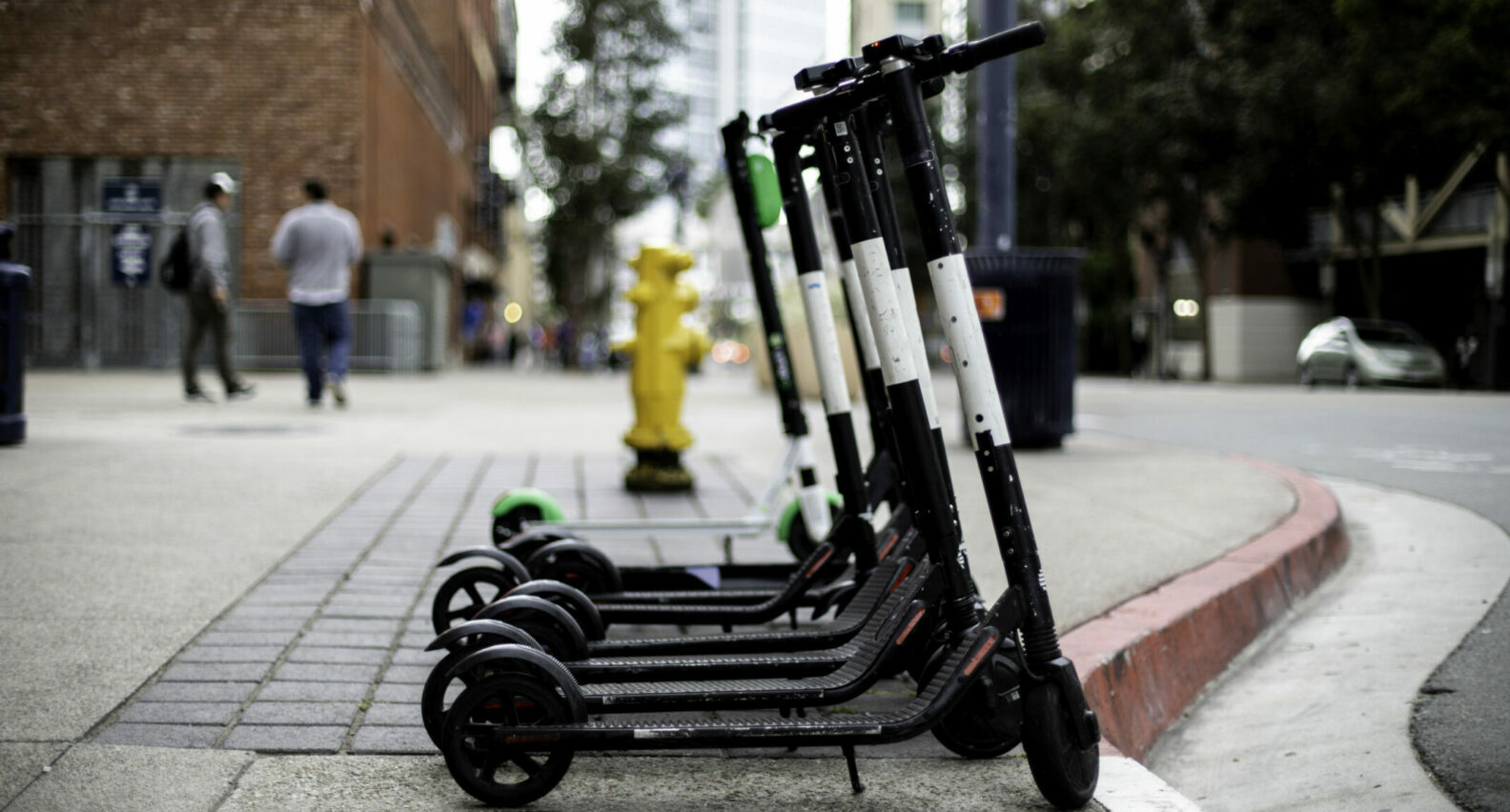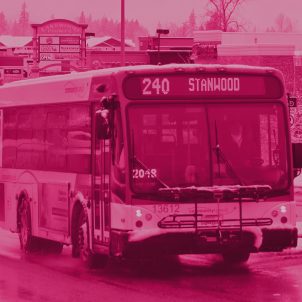Tilikum Crossing, Pedestrian and Transit Bridge
July 10, 2020
Spanning over 1700 feet, Tilikum Crossing is the longest car-free bridge in the US. The bridge connects communities across the Willamette River in Portland. Projects like this improve city connectivity, attract business, and set a national standard for multi-modal infrastructure. To finance the bridge’s construction, multiple sources came together including federal grants, Oregon Lottery revenues,......










